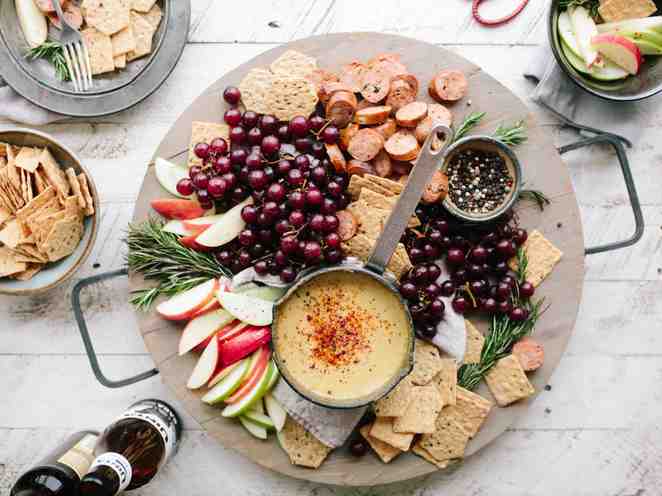
Right snack - snack right.
Snacking in the morning, snacking in the evening, snacking any old time – might become a new consumer theme song.
Recent surveys say that snacking is on the increase and this has brought forward a deluge of expert advice (including this column) on how to snack in a healthy way.
Unfortunately much of this well-meaning advice is both incorrect and a prescription for nutritional disaster.
A snack by definition (according to my copy of the Random House Dictionary) is “a small meal eaten between regular meals”.
Today an entire industry has evolved around a concept of providing convenient, quick, no-preparation snacks. In earlier years snacks were prepared in a home kitchen and usually had some nutritionally sound redeeming qualities.
Today most snacks are purchased and presented in a bag, box, bottle or plastic wrapper and they tend to have a lengthy, non-refrigerator shelf life with questionable nutritional value.
Healthy snacks are (not just can be) an integral part of a healthy way of eating. Experience and science show that to maintain good levels of energy - without sharp peaks and valleys – we should eat every three hours.
We should also start the day with a responsible breakfast that helps to set blood sugar levels and hormone patterns for the day.
The most common breakfast in North America is a cup of coffee and a deep breath or maybe a load of carbohydrate like a bagel, donut or toast and jam.
This absence of a good breakfast (that should include a reasonable serving of protein – more than a tablespoon of peanut butter or a single glass of milk) creates a spike in the blood sugar that raises insulin sharply and that causes blood sugar to drop quickly (we call it hypoglycemia) and leaves us hungry and can be the physiological explanation for the morning coffee break.
These coffee breaks are the worst-case scenarios for poor choice snacks.
Upon recently reviewing several dozen articles and web pages on snacks I find that conventional wisdom is directing consumers to choose snacks that, although they contain vitamins & minerals, create insulin disasters.
Chronically elevated insulin levels are responsible for chronic or frequent hunger, fat storage, inhibition of fat metabolism and a host of other health problems.
I am referring to those conventional choices like dried fruit, muffins, bananas, boxed cereal, pretzels, bagels, dried fruit bars, many energy bars, popcorn, and rice cakes.
Wise, higher protein, higher fibre and essential fatty acid sources would include:
- Small bag of almonds, cashews or pecans.
- Half and apple (or other fruit choice) with one ounce of cheddar cheese.
- Half cup of plain 1 or 2% yogurt.
- Cottage cheese and fruit
- One ounce of smoked salmon, shrimp, crab, or tuna on a high fibre cracker.
- Beef jerky (preferably home made).
- Hard-boiled egg and half an apple.
- One cup of 1% or 2% milk and 6 almonds.
- Any colorful, raw non-root vegetable with any of the above protein choices.
- High protein “energy” bar.
- Small soy protein drink mixed in milk or water never juice.
Plan your snacks and don’t wait until you are hungry. Happy snacking.
Previous in Nutrition: Snacking
Next in Nutrition: Soy Cooking